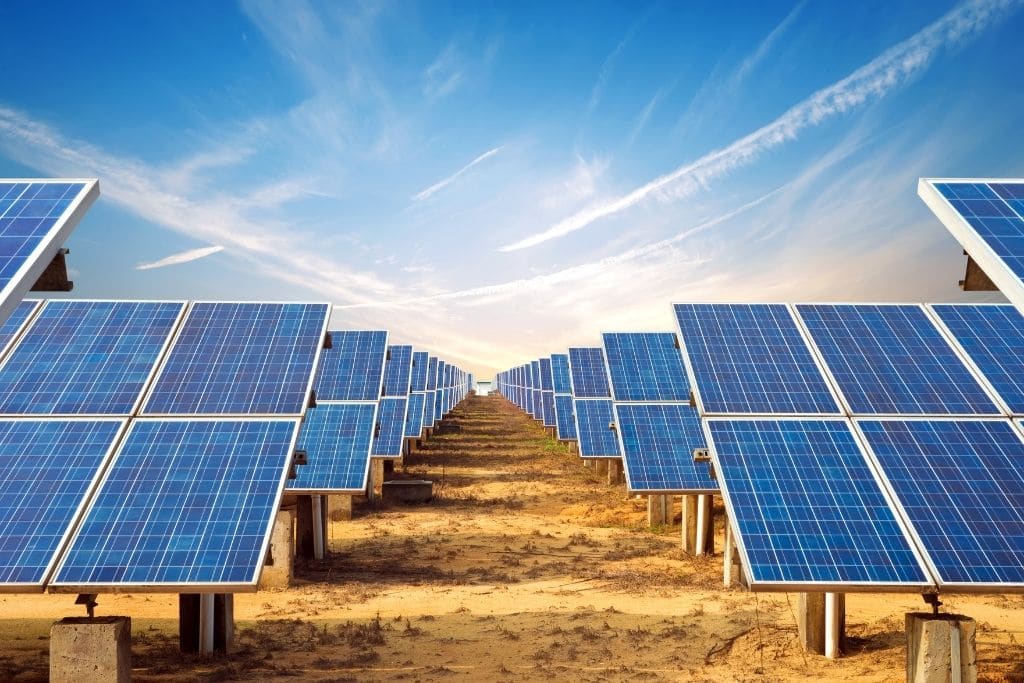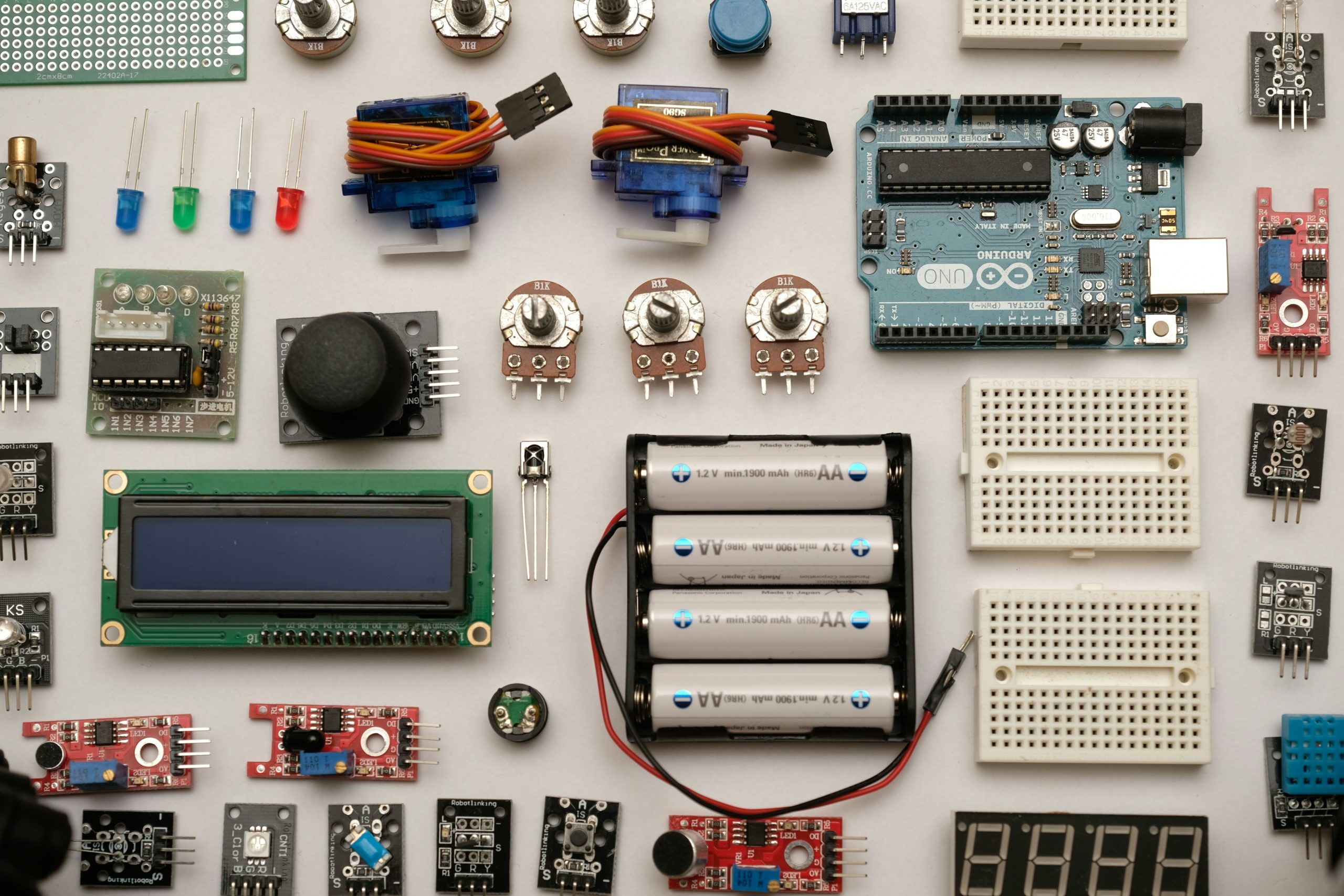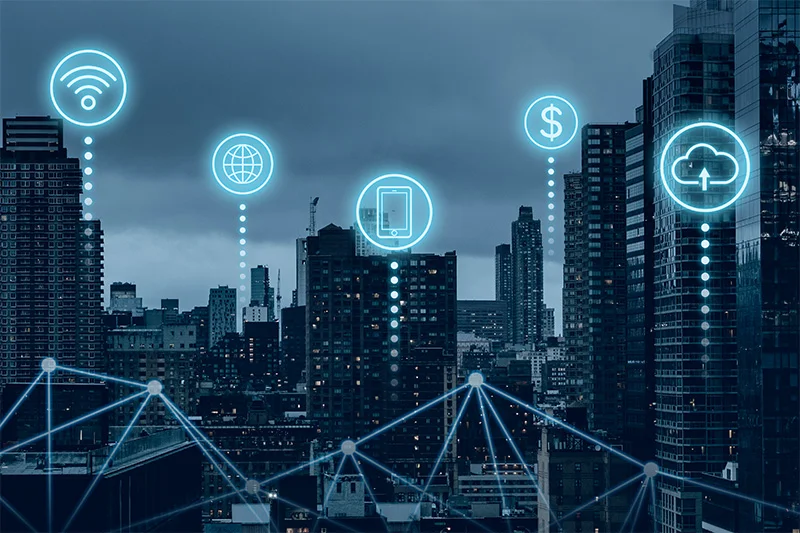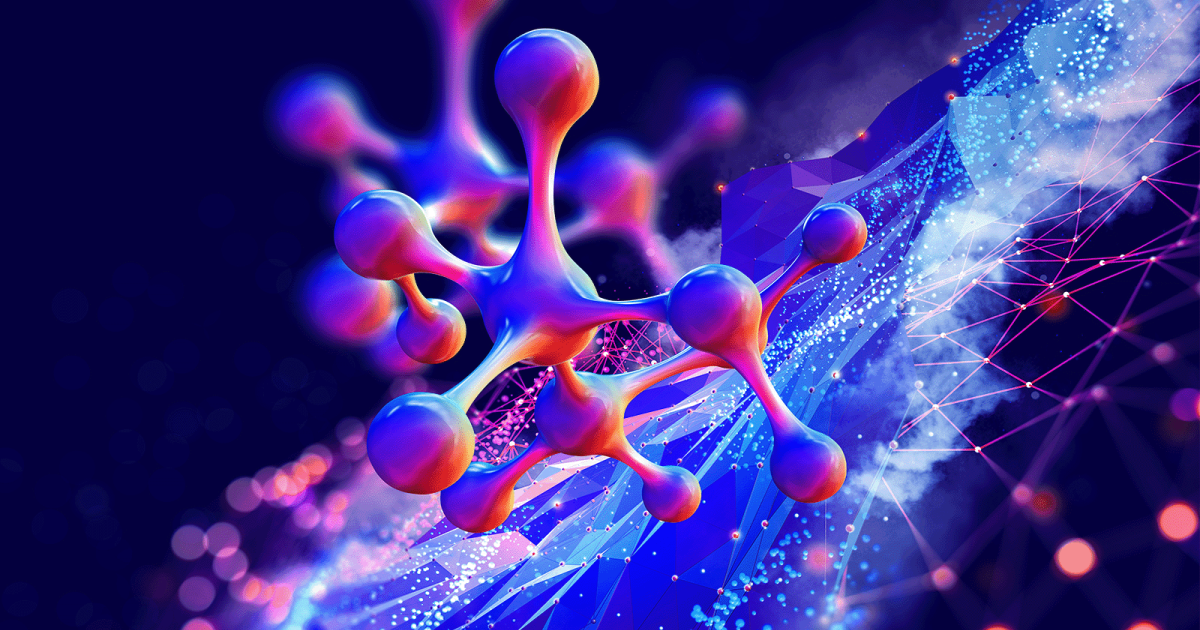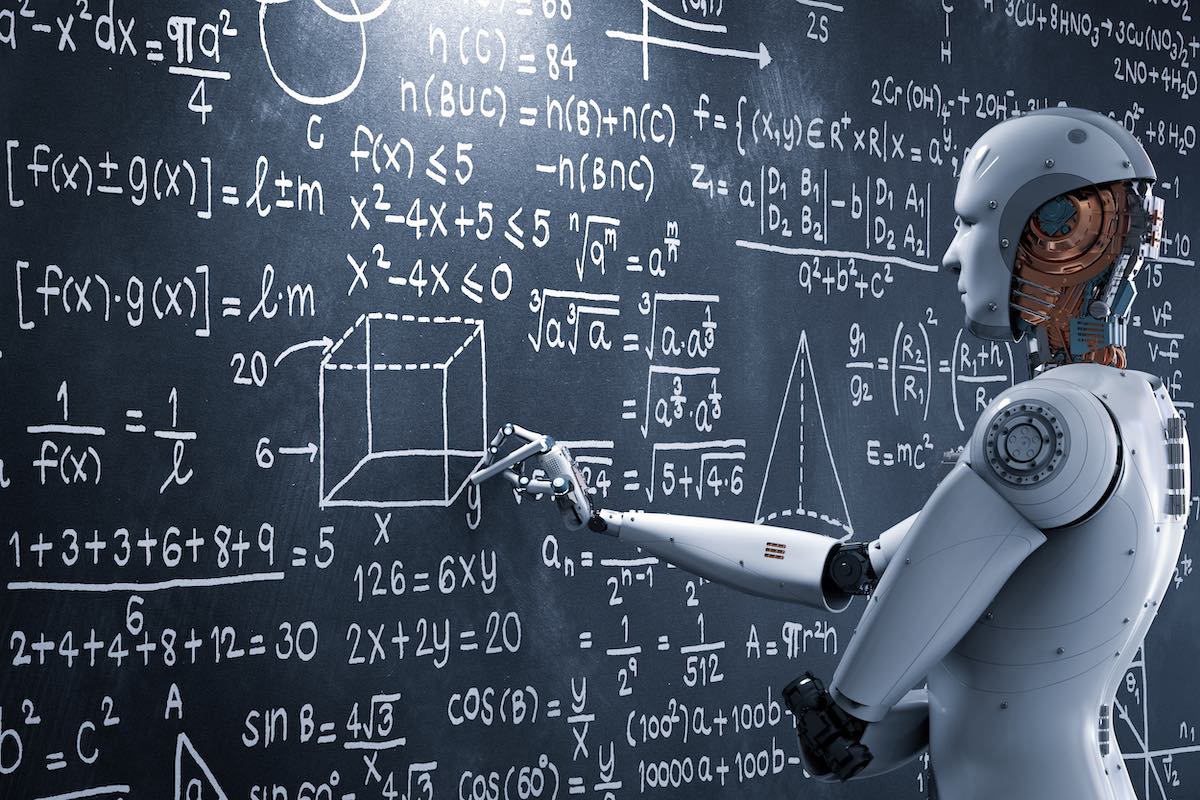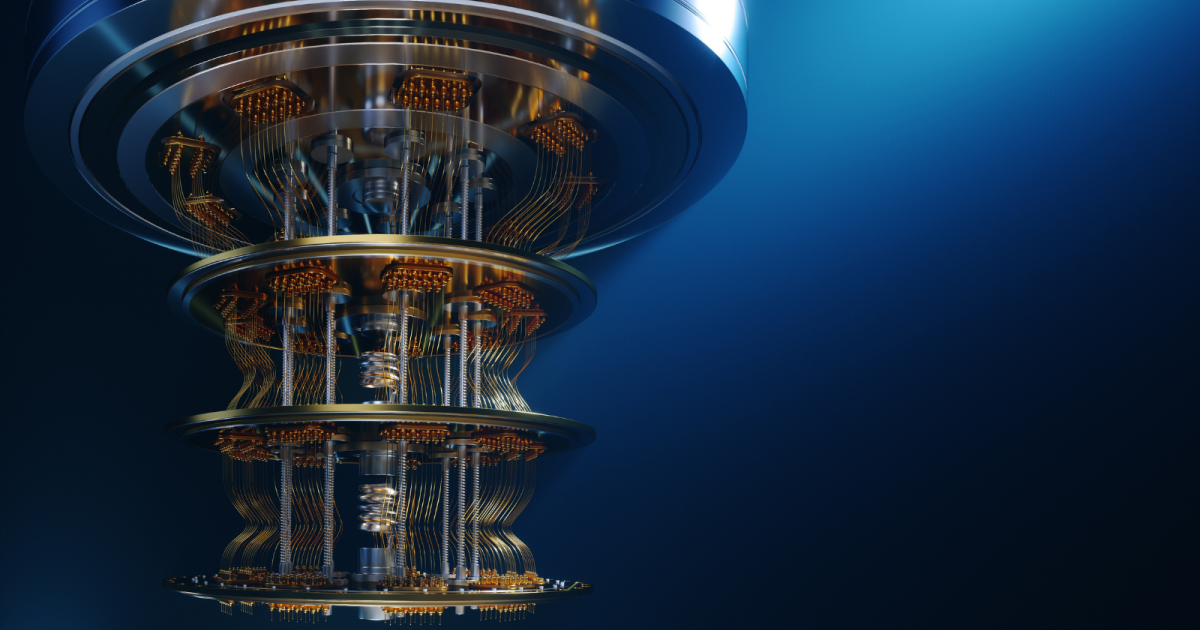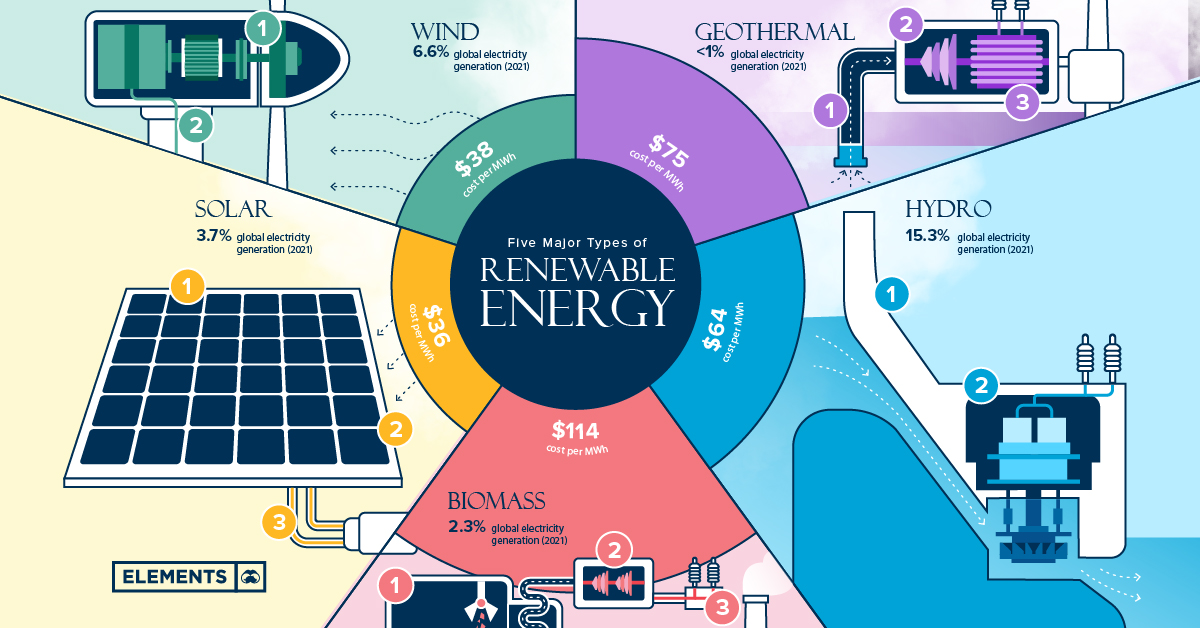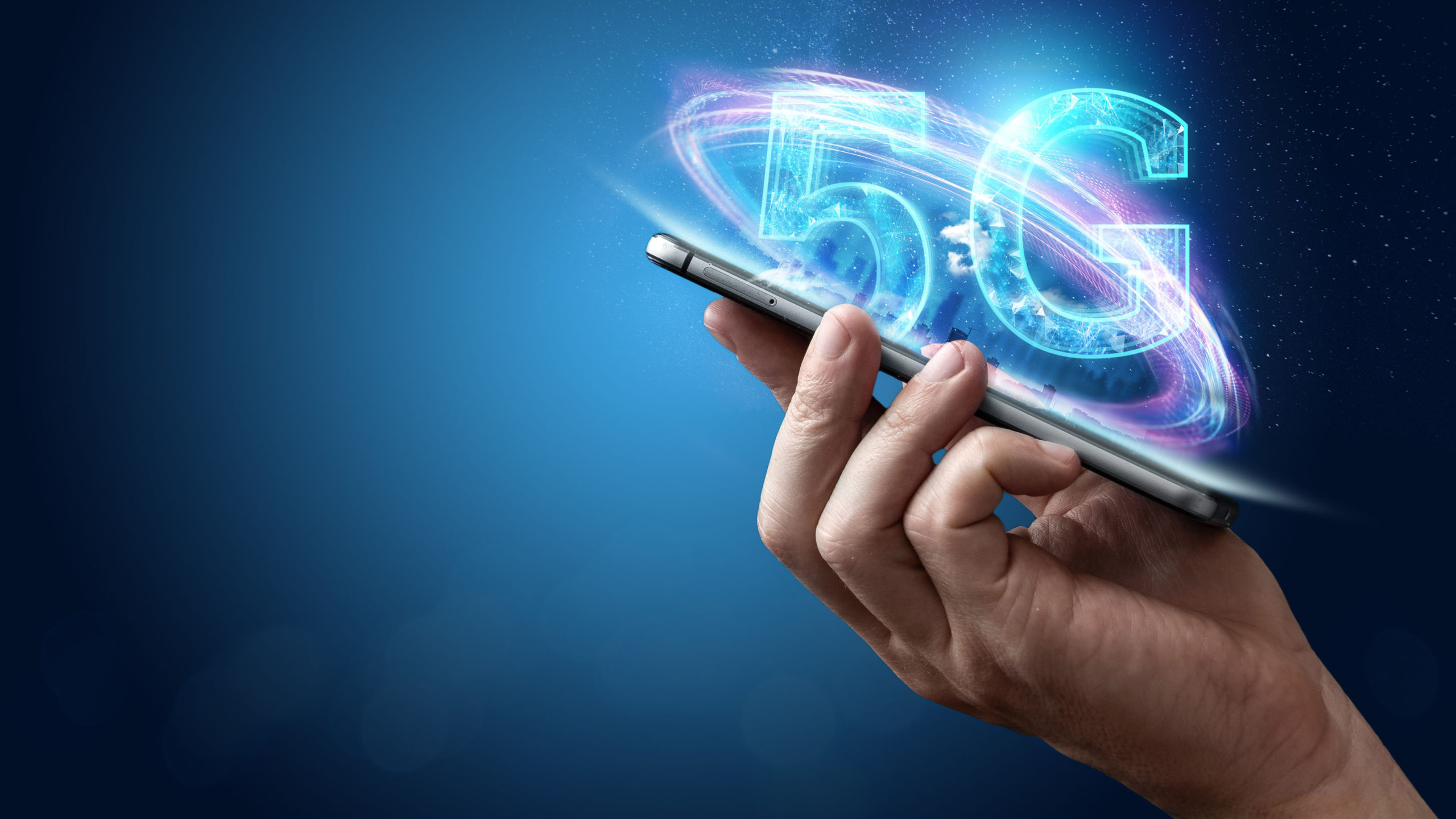Exploring the Future of Smart Grid Technology
The world is rapidly evolving, and so is the technology that powers it. Smart grid technology has revolutionized the power grid in recent years, bringing about efficiency, cost-effectiveness, and sustainability. But what does the future hold for smart grid technology? In this article, we’ll explore the next frontier of smart grid technology and the future innovations that will further revolutionize the power grid.
The Next Frontier: What’s on the Horizon for Smart Grid Technology
The next frontier of smart grid technology is all about empowering the end-user. With the increased prevalence of distributed energy resources (DERs) like solar panels and electric vehicles, consumers are becoming more involved in the energy market. Smart grid technology will make it possible for consumers to sell excess energy back to the grid, creating a more dynamic, two-way relationship between the power grid and its users. This will lead to a more democratized energy market, where consumers have more control over their energy consumption and production.
Another area of smart grid technology that is gaining traction is the integration of artificial intelligence (AI) and machine learning. By analyzing vast amounts of data, AI algorithms can optimize energy distribution and consumption, making the power grid more efficient and cost-effective. AI-powered smart grids will also be capable of predicting and preventing power outages, as well as balancing the load across the grid. This will lead to a more reliable and resilient power grid.
Revolutionizing the Power Grid: A Look at Future Innovations
Future innovations in smart grid technology will continue to revolutionize the power grid. One such innovation is blockchain technology, which can enable secure, peer-to-peer transactions between energy producers and consumers. This technology will make it possible for consumers to buy and sell energy directly from each other, without the need for a middleman. This will create a more decentralized energy market, where consumers have more control over their energy consumption and production.
Another area of innovation is the use of smart sensors and IoT devices to monitor and control energy consumption. By collecting data on energy usage in real-time, smart sensors can optimize energy consumption, reduce waste, and lower costs. IoT devices can also be used to automate energy-consuming appliances, making it possible for consumers to control their energy usage remotely. These innovations will lead to a more efficient, cost-effective, and sustainable power grid.
Smart grid technology has come a long way in recent years, and the future looks even brighter. With the integration of AI, blockchain, and IoT technologies, the power grid will become more efficient, cost-effective, and reliable. These innovations will empower consumers and create a more democratized energy market. The future of smart grid technology is exciting, and we can’t wait to see what’s in store.

